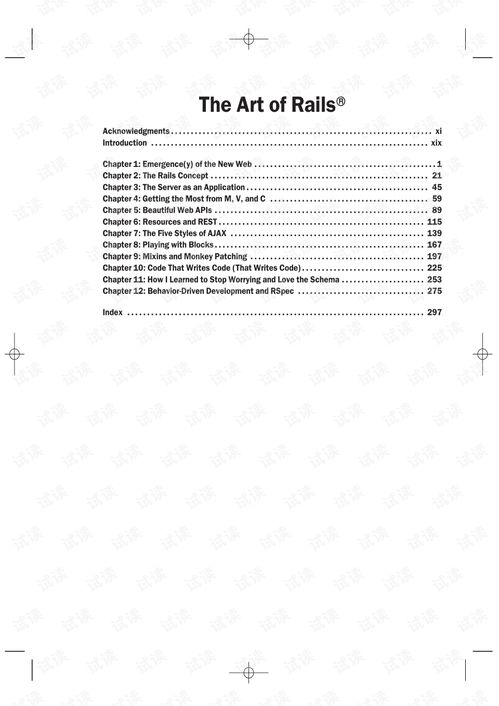Content:
Introduction: Fishing for locusts, a unique and fascinating activity, has been practiced for centuries. Locusts, known for their swift movements and elusive nature, present a challenge to anglers. However, with the right techniques and strategies, it is possible to master the art of catching locusts. In this article, we will explore various fishing techniques specifically tailored for locusts, providing you with the knowledge and skills to become a proficient locust fisherman.
Understanding Locust Behavior: Before diving into the fishing techniques, it is crucial to understand the behavior of locusts. Locusts are highly social insects that travel in swarms, often referred to as "locust plagues." They are known for their voracious appetite and rapid movement. By understanding their behavior, you can tailor your fishing techniques accordingly.
Choosing the Right Equipment: To catch locusts, you will need specialized equipment. Here are some essential items to consider:
a. Fly Rod: A fly rod with a medium-fast action is ideal for catching locusts. It allows for quick and precise casts, essential for targeting swift-moving locusts.
b. Fly Line: A floating fly line is recommended as it allows you to present your lure at the correct depth, where locusts are most active.
c. Leaders and Tippets: Use a leader of 9-12 feet in length, with a tippet of 6-8 pounds in strength. This combination provides sufficient sensitivity and flexibility for detecting subtle takes.
d. Lures: Locusts can be caught using various lures, including synthetic flies, streamers, and soft plastics. Choose lures that resemble locusts in size, color, and movement.
Locating Locusts: To increase your chances of success, it is crucial to locate locusts. Here are some tips for finding locust swarms:
a. Observe Locust Swarms: Keep an eye out for locust swarms in the sky or on the ground. Locusts are often seen in large groups, making them easier to spot.
b. Check Agricultural Fields: Locusts are commonly found in agricultural areas, as they feed on crops. Explore fields and pastures where locusts are likely to be present.
c. Seek Local Knowledge: Consult with local farmers or residents who may have information about locust activity in the area.
Casting Techniques: Casting is a crucial skill when fishing for locusts. Here are some techniques to help you improve your casting accuracy:
a. False Casting: Practice false casting to gain control and precision. This technique involves casting the line back and forth without a lure, allowing you to become familiar with the rod's action and develop a smooth casting motion.
b. Loop Casting: Learn the loop casting technique, which involves creating a loop in the line and allowing it to fly through the air. This technique is particularly effective for casting long distances and reaching locusts in distant areas.
c. Roll Casting: Roll casting is useful for presenting lures in tight spaces or when casting around obstacles. Practice this technique to improve your casting versatility.

Presenting the Lure: Once you have located locusts and have your equipment ready, it is time to present your lure effectively. Here are some tips:
a. Mimic Locust Movement: Use lures that resemble the movement and behavior of locusts. Swirling, twitching, or stripping the lure can mimic the natural movements of locusts, triggering strikes.
b. Present at the Right Depth: Locusts are often found at various depths, so it is important to adjust your lure presentation accordingly. Experiment with different retrieves and depths to find the most effective approach.
c. Timing and Sensitivity: Pay attention to the timing of your retrieves. Locusts are quick and elusive, so it is crucial to be patient and sensitive to their subtle takes. Light tippets and a sensitive rod will help you detect these takes accurately.
Handling and Releasing Locusts: Once you have successfully caught a locust, it is important to handle and release it humanely. Here are some guidelines:
a. Use a Landing Net: A landing net is essential for safely landing locusts without causing unnecessary harm. Gently scoop them up and place them in a container or bucket.
b. Avoid Rough Handling: Be gentle when handling locusts. Rough handling can cause stress and potentially harm them.
c. Release in Suitable Conditions: Release locusts in areas where they can thrive and contribute to the ecosystem. Avoid releasing them in areas where they may cause damage to crops or disrupt local ecosystems.
Conclusion: Catching locusts requires patience, practice, and a deep understanding of their behavior. By utilizing the techniques outlined in this article, you can improve your chances of success and become a proficient locust fisherman. Remember to handle and release locusts humanely, ensuring their well-being and minimizing any potential harm. Happy fishing!












